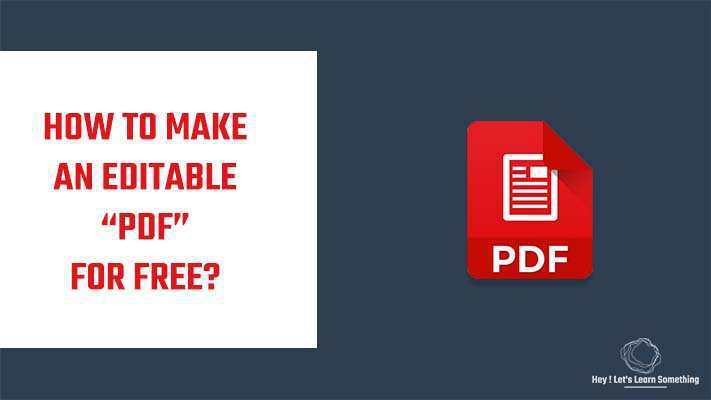
I was able to fill out a passport form using Chrome without needing a desktop viewer installed.

If you have Chrome, Firefox, or even Opera installed, you can natively open and view PDF files without a desktop viewer installed. When the new version is released, I will update this article with details about the improvements.)Įdge isn’t the only web browser that supports PDFs. (During my testing on the current version, I found that it’s still constrained compared to the serious commenting and annotating features of Adobe Reader. The next version of Edge included with the Fall Creators Update will support more advanced features such as filling out forms, signing documents, and annotating PDFs. Currently, you can’t fill out forms with Edge. For the vast majority of PDFs you’ll encounter, Edge is highly sufficient. In fact, you may have already viewed PDFs using Edge without knowing it. So, all you need to do to view a basic PDF is to double-click it to open it in Edge or browse to it on the web. Edge comes preinstalled with Windows 10, and it can view PDFs natively.

And for that, you already have a perfect solution: the Microsoft Edge browser. The most basic operation you can perform with a PDF document is to view it. Viewing PDF Documents and Filling PDF Forms in Windows 10 So, how do you navigate all that in Windows 10? This article will show you how to view, edit, print, and troubleshoot PDF files. Whereas PDFs used to be a reliable, consistent representation of a paper document, PDFs now have more functionality, like fillable forms, password protection, cryptography, links, comments, annotations, embedded content, and more. But at the same time, PDFs are getting more and more prevalent and more and more complex. The fact of the matter is that more and more programs support PDFs. But there may be some cases when you still want to. So, using Adobe Reader is certainly no longer a requirement. Adobe no longer has its monopoly on the PDF format it brought into this world. You can view PDFs natively in Windows 10 and a whole host of third-party alternatives.

With Windows 10, that’s no longer the case.


 0 kommentar(er)
0 kommentar(er)
